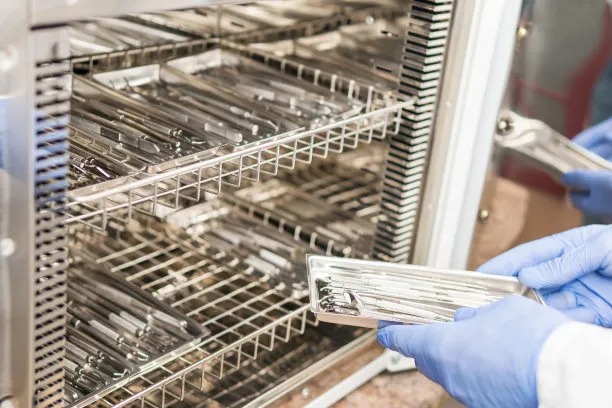Essential Guidelines and Precautions to Follow After Getting a Dental Filling for Optimal Oral Health
Summary: After receiving a dental filling, it is critical to follow essential guidelines and precautions to ensure optimal oral health and avoid complications. This article discusses four key areas, including dietary restrictions, oral hygiene practices, managing discomfort, and scheduling follow-ups. Each section provides valuable insights for patients to navigate their post-filling care effectively. Understanding these precautions can contribute to a successful recovery and long-term dental health. Following these guidelines will help protect the integrity of the filling and maintain overall oral hygiene.
1. Dietary Restrictions for Immediate Post-Filling Care

After getting a dental filling, one of the primary precautions is adhering to recommended dietary restrictions. Specifically, it is advisable to avoid hard and crunchy foods for at least 24 hours. Foods like nuts, popcorn, and hard candy can place undue stress on the newly filled tooth while it is still vulnerable.
In addition to avoiding hard foods, stick to softer options that are easier to chew. Foods such as yogurt, mashed potatoes, and cooked vegetables are excellent choices during this healing period. This approach helps prevent any discomfort or damage to the filling.
Moreover, be cautious with hot or cold beverages, as they can also lead to sensitivity after a filling. Opt for lukewarm liquids to avoid any discomfort and give your tooth the time it needs to adjust and settle comfortably.
2. Importance of Oral Hygiene Practices
Maintaining proper oral hygiene is crucial following a dental filling. Patients should continue brushing their teeth twice a day, but special care should be taken around the filled area. Use a soft-bristled toothbrush to avoid irritating the surrounding gum tissues.
Flossing should also remain an essential part of your oral care routine. However, be gentle when flossing near the filled tooth to prevent dislodging the filling material. Consider consulting your dentist for specific flossing techniques if you feel uncertain.
Furthermore, incorporating an antibacterial mouthwash can enhance post-filling care. This step not only helps in maintaining freshness but also reduces the risk of infection by eliminating harmful bacteria in your mouth.
3. Managing Discomfort and Sensitivity
It is common to experience some level of discomfort or sensitivity after getting a dental filling. Over-the-counter pain relief medication, such as ibuprofen or acetaminophen, can help alleviate any pain you may encounter. Always follow the recommended dosages indicated on the packaging.
If sensitivity persists beyond a couple of days or becomes severe, it is crucial to contact your dentist. Persistent discomfort may indicate that the filling needs adjustment or that there may be another underlying issue requiring attention.
In instances where the sensitivity involves cold or hot stimuli, consider using toothpaste formulated for sensitive teeth. These products can help soothe your teeth and make the adjustment period more comfortable while your mouth heals.
4. Importance of Scheduling Follow-Up Appointments
Scheduling a follow-up appointment with your dentist after getting a dental filling is an important step that should not be overlooked. This visit allows the dentist to check the integrity of the filling and ensure it fits properly with your bite. Such evaluations can prevent further complications.
During the follow-up visit, be sure to voice any concerns you may have experienced after the filling procedure. A thorough examination can identify any issues early, allowing for prompt interventions that can save you from more extensive procedures down the line.
Additionally, regular dental check-ups should be maintained every six months, as recommended for optimal oral health. These appointments play a central role in monitoring your dental condition and ensuring that your fillings and other restorations remain in good shape.
Summary:
In conclusion, adhering to post-filling guidelines can significantly impact the longevity of your dental work and your overall oral health. By observing dietary restrictions, maintaining excellent oral hygiene, effectively managing discomfort, and scheduling follow-up visits, you pave the way for a successful recovery.
Remember that taking these precautions not only safeguards your fillings but also contributes to your overall dental well-being. Stay proactive to ensure a healthy and confident smile!
This article is compiled by Vickong Dental and the content is for reference only.



